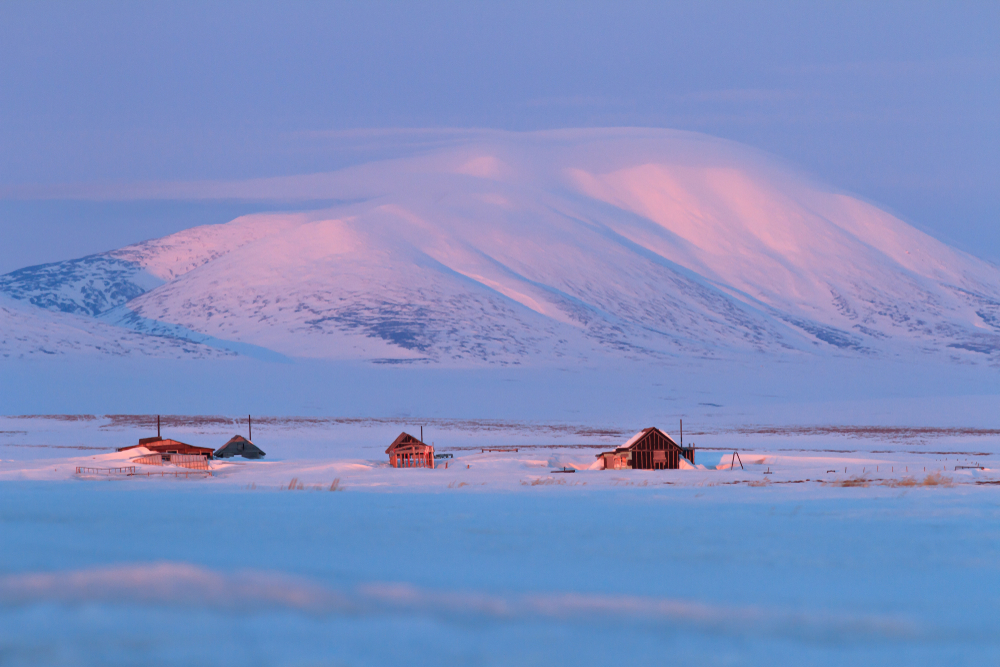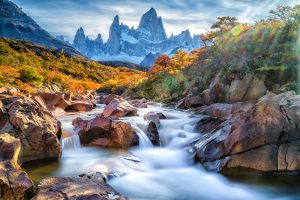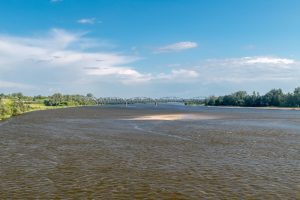Siberia is not a country, nor is it a city. Like a province in Canada or other countries, or a state in the U.S., Siberia is considered a region of Russia and also northwestern Asia.
The origin of Siberia’s name is said to be derived from the Tatar language for “sleeping land,” but sybyr is also the Tatar word for tiger.
Siberia is a region of northwestern Russia and also Asia, and its name has a harsh and cold connotation to it. That is because its location has starkly cold winters that can reach temperatures as low as -90 Fahrenheit (-68 Celsius).
The harshness of Siberia is also connected to its dark history, as it was once a land of exile for Russians considered to be political dissidents.
Table of Contents
Why does Siberia seem awful to so many people?
There are many reasons that Siberia seems awful to so many people as it has many stigmas associated with it. Siberia was once a land of exile, and it is also a land where temperatures and climates are not appealing to live in.
The average temperature in a Siberian winter hovers around -25 Celsius or -13 Fahrenheit.

Despite its harsh climate and negative connotations, many people enjoy living in Siberia. Russians still emigrate there today, and Siberia also has few descendants of former exiles living there.
Who lives in Siberia?
Siberia is primarily considered a Russian region, but it does have some Asian geography as well. Most of its citizens today, however, are Russian, with some having roots in the area as far back as the fifteenth century.
Nomadic tribes that occupied eastern Asia and western Europe in the Middle Ages were among the first inhabitants of Siberia.
The habitation of Siberia by nomadic Russians went into the 1800s. Today, Siberia, or formerly the Russian region of Sibir, encompasses western Russia, north Kazakhstan, and northern Asia.
Is Siberia large enough for human life?
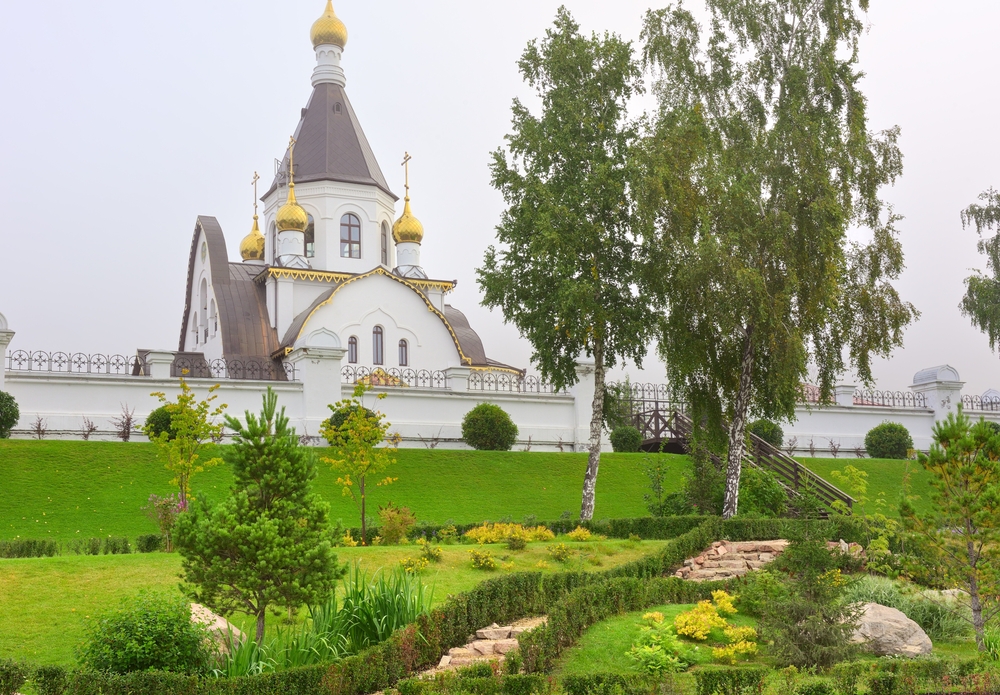
Siberia is said to be large enough to fit 18 countries that are equal to the size of France or Germany in its land area. It is not only large enough for human life but is also one of the largest regions in the world.
It has a heavy prevalence of taiga and mountain terrain due to its geographical location near the Arctic Circle.
After the first nomadic tribes settled here, other early inhabitants here included Russian Orthodox Christians who fled here 350 years ago in order to escape persecution. Later, others would be exiled here as a punitive response to anti-communist regimes.
It is said that the population of Siberia is approximately 33 million strong, a number that rivals the population of Canada.
People choose to live in Siberia because of the region’s lack of industrialization and rural feel. Of course, there is an urban life here, but it doesn’t rule the sense of community and society in Siberia.
There is also a lot of land to work with here, which enables Siberians to partake in a sense of ownership of property that they would not be able to afford in a country like Canada or America.
What was the exile to Siberia all about?

There are many reasons why people were exiled to Siberia, and it is not always connected to the kompromat of Russian communists. When Siberia was industrialized in the twentieth century, the region changed.
Prior to that, Siberians were free to choose where to live and work.
They couldn’t do that when the Komsomol communist agencies began exiling citizens there for renouncing communism. They were told where to work and when in a system of labor camps.
Not only did the Russian government want Siberian exiles to work for them, but they also wanted the capitalist profits from the fruits of their labors.
Money is often the root of the problem when political opposition reaches a peak that infringes human rights, and the situation involving Siberian labor camps was no exception. By sending citizens to labor camps, the Russians removed the problem of chatty dissidents while also simultaneously churning a profit from them.
Because of those labor camps, Siberia now has railroads, mines, and industry that still fuels the economy today.
What is Siberia like today?
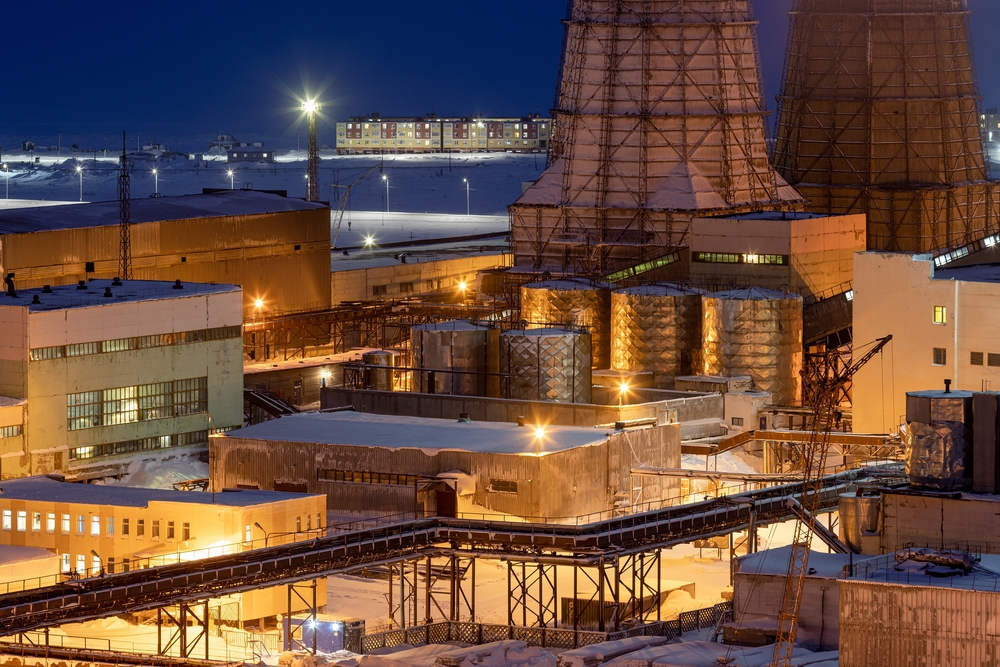
Siberia is a region that is not unlike many other first-world regions, but it is a more simplified society. There is a large administrative district and a federal district that fuels the needs of the Siberian people.
It is also home to some of the largest oil supplies in the world.
Still, this industry requires patience in Siberia. Siberia can’t make money from oil twelve months a year because the extremely low temperatures make it impossible to drill during colder months.
What are Siberians like as people?
Siberians are notoriously hard workers, and it has nothing to do with the labor camp history in this region. They work in weather that is in the double digits below zero in Fahrenheit, and while they might complain, they don’t hate it enough to leave the region.
Siberians are resilient and resourceful and live a simple middle-class life much like most people in first-world regions. Siberians are also known for being direct and to-the-point as well as not taking things too seriously. Although many Siberians are blue-collar workers, there are also white-collar individuals working in offices just like there are in other regions of the world.

Do you want to visit Siberia?
When we hear “Siberia” our minds instantly conjure an image of a desolate and abandoned land with a severe and serious history. Everything about this idea of Siberia is true save for the notion that it is an abandoned region.
Siberia’s history of exile and labor camps will never be forgotten and the effects of both are seen in its industry and culture today.
Despite the region’s harsh climate and difficult history, Siberia has a flourishing oil industry that supports its citizens well.
Knowing this, would you want to visit Siberia?

